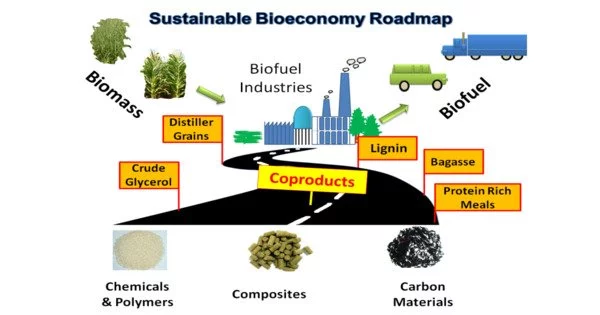Propane has traditionally been created as a byproduct of natural gas production or crude oil refining. These approaches are related to carbon emissions and are not considered environmentally friendly. If there have been breakthroughs in green propane production, they may have involved renewable resources, carbon capture technologies, or other environmentally friendly activities.
A new study reveals a significant development in green energy: an electrolyzer device capable of turning carbon dioxide into propane in a scalable and economically sustainable manner.
A report published recently in Nature Energy based on pioneering research done at Illinois Institute of Technology indicates a promising development in green energy: an electrolyzer device capable of turning carbon dioxide into propane in a scalable and economically viable manner.
As the United States strives toward net-zero greenhouse gas emissions by 2050, creative strategies to cut major carbon dioxide emissions from the electric power and industrial sectors are crucial. This ground-breaking research was led by Mohammad Asadi, an assistant professor of chemical engineering at Illinois Tech.
Designing and engineering this laboratory-scale flow electrolyzer prototype has demonstrated Illinois Tech’s commitment to creating innovative technologies. Optimizing and scaling up this prototype will be an important step toward producing a sustainable, economically viable, and energy-efficient carbon capture and utilization process.
Jack Lewnard
“Making renewable chemical manufacturing is really important,” says Asadi. “It’s the best way to close the carbon cycle without losing the chemicals we currently use daily.”
The innovative catalytic system of Asadi’s electrolyzer distinguishes it. It produces tri-carbon molecules from affordable, easily available resources, which are the fundamental building blocks for fuels such as propane, which is used for everything from home heating to aircraft.
The researchers used a combination of experimental and computational methods to gain a thorough knowledge of the catalyst’s operation. This methodical methodology sheds light on the critical factors impacting the catalyst’s reaction activity, selectivity, and stability.
The use of a flow electrolyzer is a distinguishing aspect of this technology that contributes to its commercial viability. This system allows for continuous propane synthesis, avoiding the drawbacks of more traditional batch processing procedures.

“Designing and engineering this laboratory-scale flow electrolyzer prototype has demonstrated Illinois Tech’s commitment to creating innovative technologies. Optimizing and scaling up this prototype will be an important step toward producing a sustainable, economically viable, and energy-efficient carbon capture and utilization process,” says Advanced Research Projects Agency-Energy Program Director Jack Lewnard.
This is not Asadi’s first foray into sustainable energy. He had previously modified a variant of this catalyst to generate ethanol by capturing carbon dioxide from industrial waste gases. Recognizing the promise of green propane technology, Asadi has partnered with global propane distributor SHV Energy to develop and distribute the system.
“This is an exciting development that opens up a new e-fuel pathway to on-purpose propane production for the benefit of global users of this essential fuel,” says Keith Simons, SHV Energy’s head of sustainable fuels research and development.
















